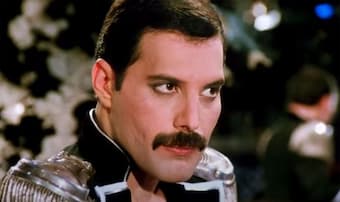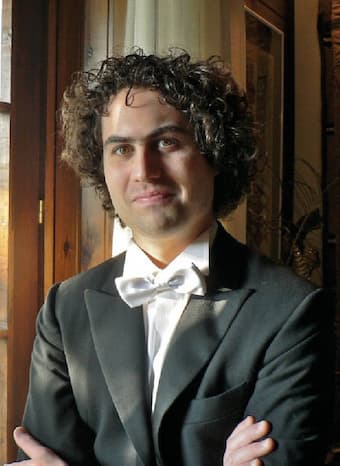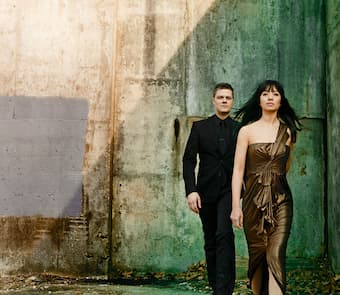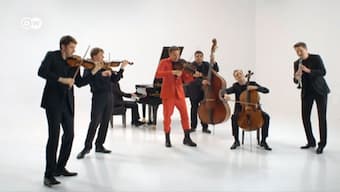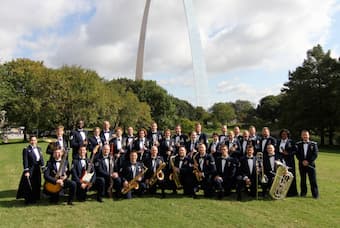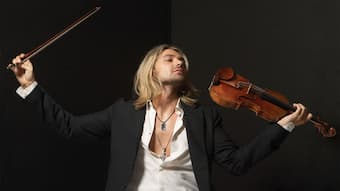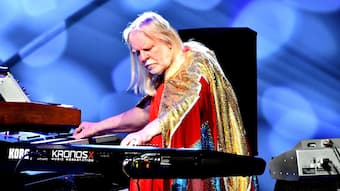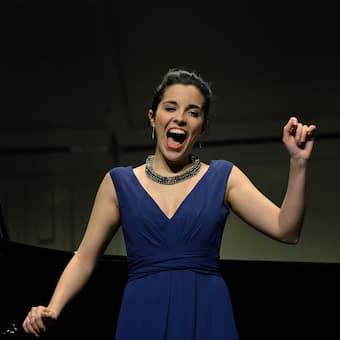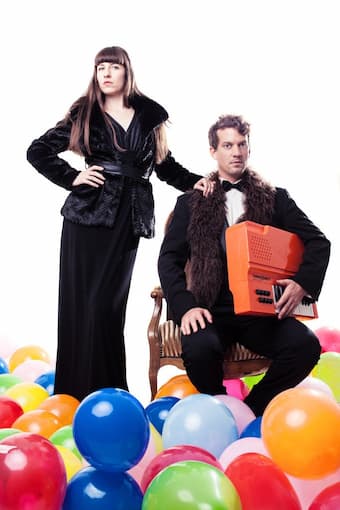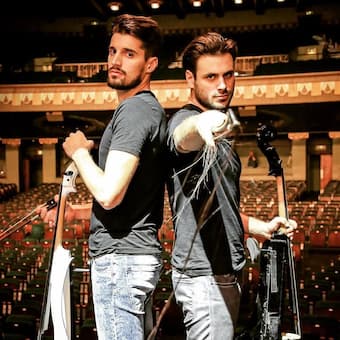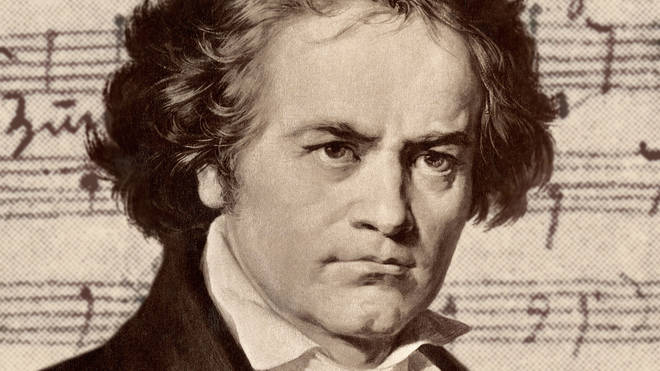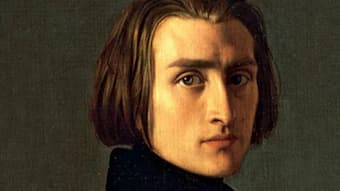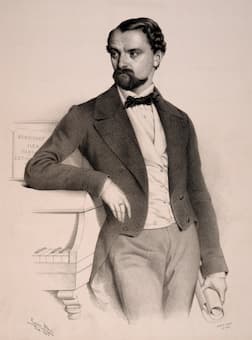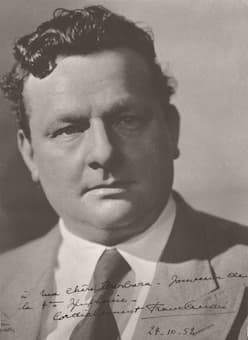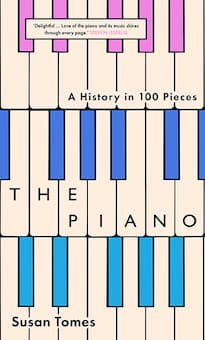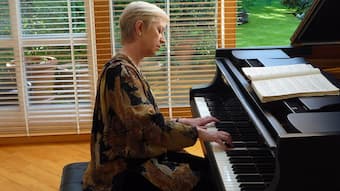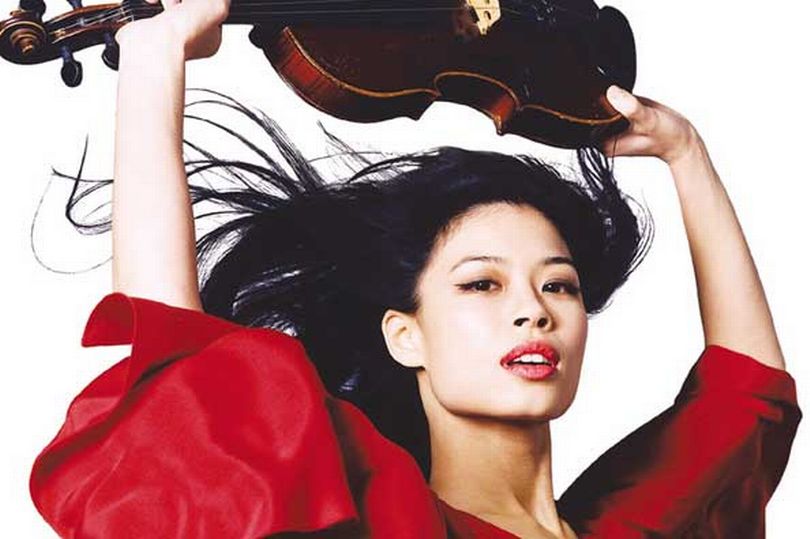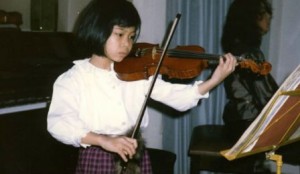By Anson Yeung, Interlude
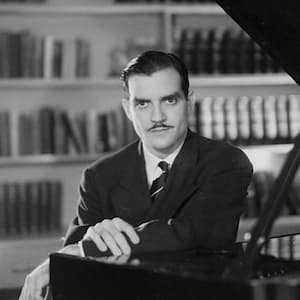
Jorge Bolet © Radio King
To say that Jorge Bolet (1914 – 1990) is “forgotten” may not be entirely correct, but he is certainly one of the most underrated pianists of the 20th century. Born in Havana, Bolet gave his first public performance at 9 and enrolled at the Curtis Institute of Music with a scholarship at 12, where he studied piano with David Saperton and conducting with Fritz Reiner. He also received mentoring from great pianists including Leopold Godowsky, Josef Hofmann and Moriz Rosenthal. These all seemed to set him for a thriving career.
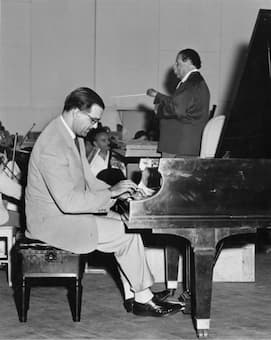
Jorge Bolet rehearses in the Tanglewood Shed with Pierre Monteux conducting the BSO © Boston Symphony Orchestra
However, Bolet’s career was far from a flourishing one and had remained static for a major part of his life. He travelled extensively, taught at Indiana University and at his alma mater and recorded for small record labels, without really achieving international fame. It wasn’t until his successful recital at Carnegie Hall in 1974 that he received the recognition he fully deserved. That was a turning point in his life and led to his contract with Decca several years later.
Bolet’s playing was suave, delicate and, most importantly, genuine. Best known for his interpretations of the Romantic repertoire and piano transcriptions, he was never virtuosic merely for its own sake. His finger dexterity was undoubtedly fascinating, but it all came so naturally under his hands. Unlike his contemporaries, he preferred Baldwin and Bechstein to Steinway. This, together with his exquisite touch, makes it possible to identify him just by the sound he created on the piano.
Richard Wagner: Tannhäuser Overture (arr. F. Liszt) (1974) (Jorge Bolet, piano)
This stupendous recording of Liszt’s magnificent transcription of Wagner Tannhäuser Overture was from Bolet’s breakthrough Carnegie Hall recital in 1974, only after which he experienced real success. It was outstanding on any terms – it had absolute technical command, real excitement and aplomb.
Franz Liszt: Schumann – Liebeslied, S566/R253, “Widmung” (Jorge Bolet, piano)
This has been my all-time favourite rendition of this tremendously romantic piece. It had a beautiful singing tone throughout while drawing such a wide array of orchestral colours from the piano. A perfect blend of romanticism, refinement and passion!
This performance had poetry, poise and no affectation, as usual. Observe how sensitively each phrase was crafted and how he reached such emotional intensity without the histrionics that are commonly seen today. One can sense his humbleness in his playing – there’s only music and nothing else. sly known for their extreme technical difficulty. Only a few pianists dared to perform these Études live, and Jorge Bolet was one of them. He was able to transcend the technical challenges and bring out the music despite the complexity. Everything was under complete control – the melodic line was always apparent, and the sound was so rich and lush. Sheer beauty!
Bolet was surely one of the finest musicians of his generation, having been hailed as the greatest pianist in America by Emil Gilels (another legendary pianist). Although his ascent to the rank of “great masters” had been strenuous, he has become an important part of the history of piano music and will continue to inspire pianists of future generations.



%20(1).jpg)
 Charles Gounod was born 200 years ago, on 17 June 1818 in Paris. Today we primarily remember him as the composer of the opera Faust and an Ave Maria descant to the first prelude of J.S. Bach’s C-major prelude from the WTC. Yet, during the second half of the 19th century, he was one of the most respected and prolific composers in France. His musical influence on the course of French music was highly significant, but in the fractured post-Wagnerian critical climate towards the end of his life, his reputation took a severe hit. Son of a painter and engraver of considerable talent, Charles exhibited enormous talents in music and the fine arts. Pressured into studying law, Charles decided at age 16 to devote himself to music. Private lessons in counterpoint and harmony with Antoine Reicha prepared Charles for his enrollment at the Paris Conservatoire. Fully devoted to composition, Charles furthered his studies with Halévy and Le Sueur, and he won the Prix de Rome in 1839 with his cantata Fernand.
Charles Gounod was born 200 years ago, on 17 June 1818 in Paris. Today we primarily remember him as the composer of the opera Faust and an Ave Maria descant to the first prelude of J.S. Bach’s C-major prelude from the WTC. Yet, during the second half of the 19th century, he was one of the most respected and prolific composers in France. His musical influence on the course of French music was highly significant, but in the fractured post-Wagnerian critical climate towards the end of his life, his reputation took a severe hit. Son of a painter and engraver of considerable talent, Charles exhibited enormous talents in music and the fine arts. Pressured into studying law, Charles decided at age 16 to devote himself to music. Private lessons in counterpoint and harmony with Antoine Reicha prepared Charles for his enrollment at the Paris Conservatoire. Fully devoted to composition, Charles furthered his studies with Halévy and Le Sueur, and he won the Prix de Rome in 1839 with his cantata Fernand.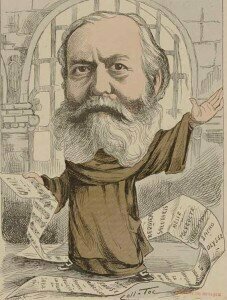 The operatic stage in Rome—primarily populated by Donizetti, Bellini and Mercadante—was of little interest to Gounod. However, coming under the influence of the Dominican preacher Père Lacordaire, Gounod became genuinely fascinated by the music of Palestrina and the cultural legacy of Rome. He also crossed paths with Fanny Mendelssohn, and spent the remainder of his government stipend in Austria and Germany. After meeting with Felix Mendelssohn in Leipzig, Gounod returned to Paris and became music director of the Missions Etrangères church in 1843. He stayed in this position for the better part of four years until he formally enrolled at the seminary of St. Sulpice to begin studies for ordination into the priesthood. In the end, he rather abruptly abandoned his pursuit of the cloth and began to cast his eyes towards the glitzy world of opera.
The operatic stage in Rome—primarily populated by Donizetti, Bellini and Mercadante—was of little interest to Gounod. However, coming under the influence of the Dominican preacher Père Lacordaire, Gounod became genuinely fascinated by the music of Palestrina and the cultural legacy of Rome. He also crossed paths with Fanny Mendelssohn, and spent the remainder of his government stipend in Austria and Germany. After meeting with Felix Mendelssohn in Leipzig, Gounod returned to Paris and became music director of the Missions Etrangères church in 1843. He stayed in this position for the better part of four years until he formally enrolled at the seminary of St. Sulpice to begin studies for ordination into the priesthood. In the end, he rather abruptly abandoned his pursuit of the cloth and began to cast his eyes towards the glitzy world of opera.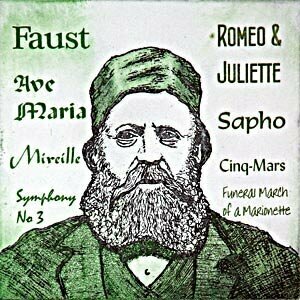 Gounod was not a household name on the Parisian musical scene, but all that changed when he started to orbit around the mezzo-soprano
Gounod was not a household name on the Parisian musical scene, but all that changed when he started to orbit around the mezzo-soprano  Music, according to Tinctoris, a Renaissance era theorist from the Netherlands, is a ‘nova ars’ – new art – which rejected all that had grown stale from the Middle Ages, and focused instead on infusing it with sweetness and truth (‘suavitas et veritas’). Thinkers and theorists such as Tinctoris joined Italian musicians, such as Gafori, to establish a systematic theory of composition.
Music, according to Tinctoris, a Renaissance era theorist from the Netherlands, is a ‘nova ars’ – new art – which rejected all that had grown stale from the Middle Ages, and focused instead on infusing it with sweetness and truth (‘suavitas et veritas’). Thinkers and theorists such as Tinctoris joined Italian musicians, such as Gafori, to establish a systematic theory of composition.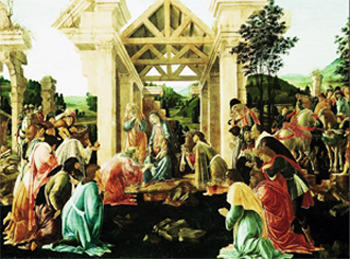 One of the most significant achievements of the time in music and painting is the transition from successive to simultaneous composition. In painting, the classical triangle (just as the tonic triad in music) centers the image on canvas. Painting during the Renaissance era abandoned the medieval superposition of narrative scenes and arrived at the central perspective, at a definite element of form from a single point of sight to the unity of time, action and space. In Botticelli’s painting, the vanishing point is centered on the Holy Family contained in the classical triangle in the center of the painting, which is set into an Italian landscape. The clothing of the Magi and their retinue (Italian courtiers) is in the style of Renaissance Italy, which was intended to demonstrate unity of time, action and space, i.e. order, balance and harmony. The light within the painting is evenly distributed, leaving nothing in the dark, nothing ‘unseen’. Painting found its depth, so that viewers of these paintings could perceive the work almost as if they were looking through a window into three-dimensional space. Painters reinforced this perspective by framing their paintings with replicated window frames to further enhance and emphasize the ‘modern’ three-dimensionality of their work.
One of the most significant achievements of the time in music and painting is the transition from successive to simultaneous composition. In painting, the classical triangle (just as the tonic triad in music) centers the image on canvas. Painting during the Renaissance era abandoned the medieval superposition of narrative scenes and arrived at the central perspective, at a definite element of form from a single point of sight to the unity of time, action and space. In Botticelli’s painting, the vanishing point is centered on the Holy Family contained in the classical triangle in the center of the painting, which is set into an Italian landscape. The clothing of the Magi and their retinue (Italian courtiers) is in the style of Renaissance Italy, which was intended to demonstrate unity of time, action and space, i.e. order, balance and harmony. The light within the painting is evenly distributed, leaving nothing in the dark, nothing ‘unseen’. Painting found its depth, so that viewers of these paintings could perceive the work almost as if they were looking through a window into three-dimensional space. Painters reinforced this perspective by framing their paintings with replicated window frames to further enhance and emphasize the ‘modern’ three-dimensionality of their work.